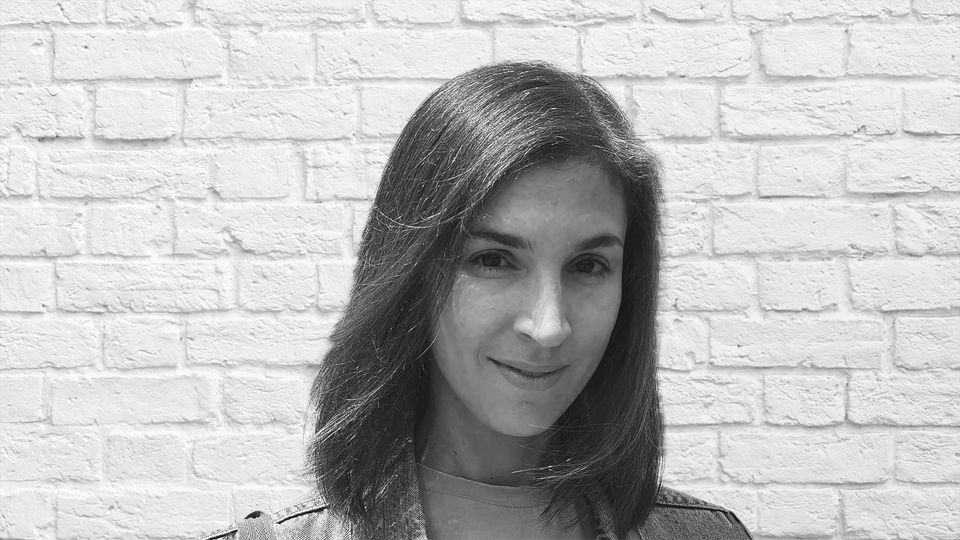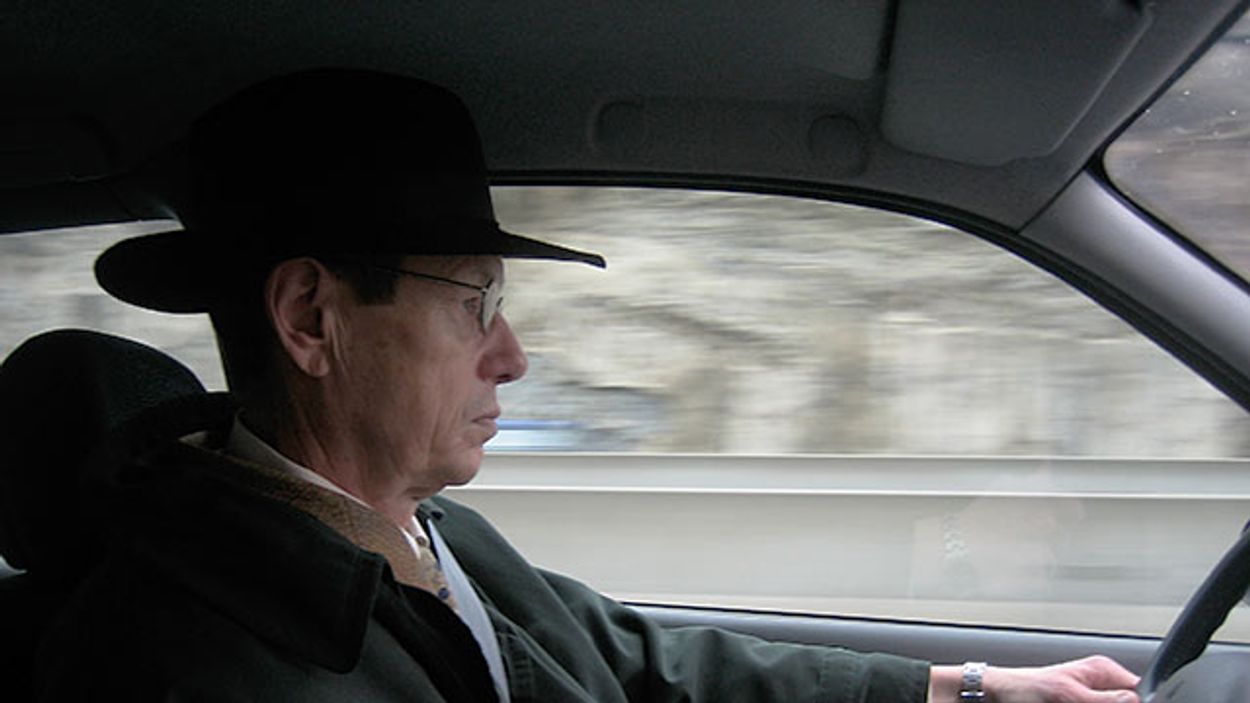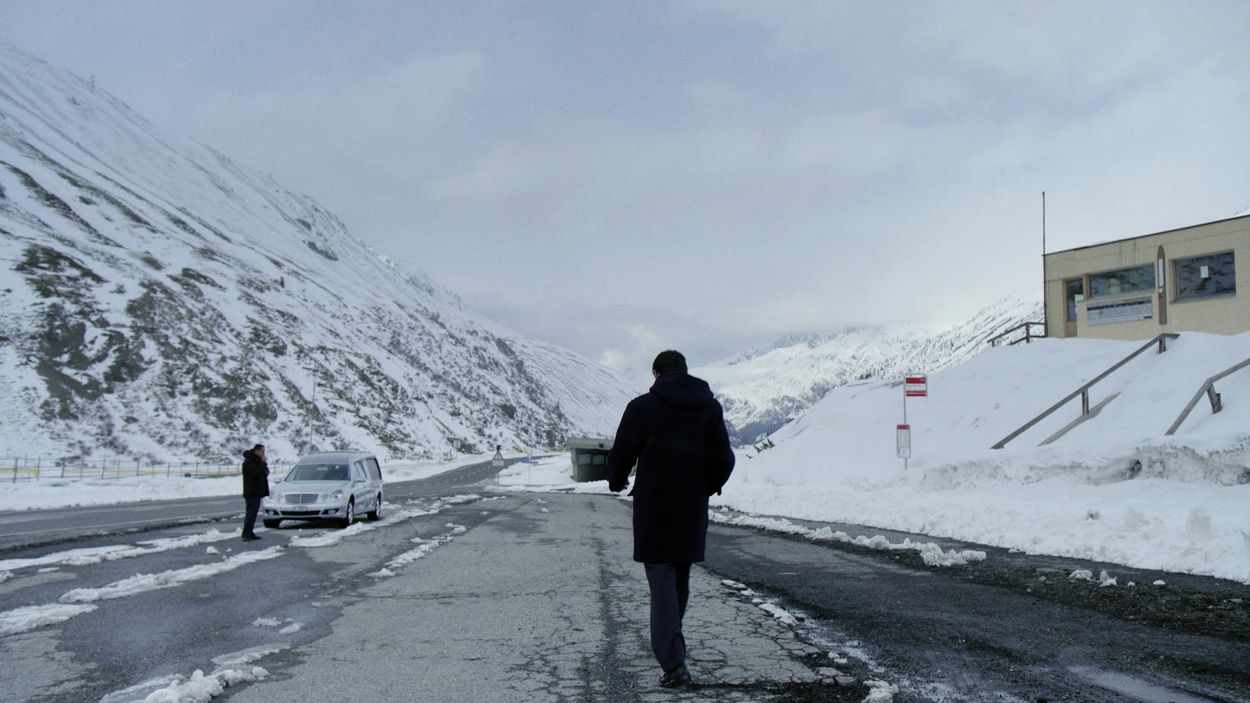Life, unfolding, and a trip back to where it began
By Laurine Chiarini


Swiss-born Laurine Chiarini was a participant in the Locarno Critics Academy 2019. Holding a Master of Arts in English, Russian and film theory, she works in an economic association. Her texts have been published on sites such as IndieWire, Swissinfo and Filmexplorer. She is also an occasional contributor to Cinébulletin, the Swiss review for film professionals.
I rarely remember movies solely for their substance; most of the time, the space they take up in my mind is built on the feelings I experienced, the place where I saw them, the company — if any. This kind of “metacontext” can also be made of more trivial elements such as the weather, a detail or the way my day unfolded before finally being able to sit in a plush velvet chair in a dark theatre with a sigh of relief. I got soaked once making my way through a reed grove trying to get the best picture of the Capitole, Switzerland’s largest single-screen theatre and survivor of the movie palace era, before it got closed down for renovation. The movie I saw that night is linked with a physical dimension, something I could feel on my skin. In Locarno a few years ago, after seeing a movie that ended with a nuclear explosion, the elderly lady seated next to me started recalling her first experience of the Festival: as a teenager in a catholic boarding school, the nuns had brought the girls to see Visconti’s Il Gattopardo because, she suspected, “several of them had a crush on Delon”. But such details rarely outweigh the movie itself; rather, they help anchor it into the physicality of human existence.
At the press conference that took place last year in Bern to announce the programme of the 72nd Film Festival, Sidney Lumet’s courtroom drama 12 Angry Men was mentioned by Lili Hinstin among other titles as one of her inspirations as a cinephile. The second time I read a mention of the same movie, in an interview also with the Festival’s Director, was in the Centovalli train, the ever so picturesque railway that connects Domodossola with Locarno and provides a welcome break, a decompression chamber between the contingencies of the world and the wonders of Locarno. As a participant of the Critics Academy, I found myself writing about La Fille au bracelet, a French movie screened on the Piazza Grande and whose plot also unfolds mostly in a courtroom. Attending the ensuing conference with the main actress and the crew, I was struck by the resemblance the young woman bore to her character: the way she would lean forward, press the button on her microphone and then, carefully, with chosen words, proceed to talk, was all exactly like in the film. It was a fascinating insight into the way a movie can influence someone’s behaviour.
One of the greatest pleasures that comes with watching a new movie — and this has nothing to do with its release date — is to discover the way it connects with other works already known, influences their reading, the place to which it will be assigned in one’s very own, unique film galaxy. 12 Angry Men and La Fille au bracelet feature a common topic: the legal system, with its intricacies and country-specific particularities, which can provide a powerful insight into a society’s given state. Pierre-François Sauter’s Face au juge is another movie that explores this universe: reflecting on it, one could be reminded of Raymond Depardon’s documentaries about the justice system or, closer in time and place, Prud’hommes, another documentary filmed in a Swiss employment tribunal and part of the Concorso Cineasti del presente in Locarno in 2010. First released in theatres in Switzerland in 2009 and then on Swiss TV in 2010 (and incidentally reduced from 73’ to 53’), Face au juge was Sauter’s first movie. Calabria, his second one, was screened in Locarno in 2016 in the Panorama Suisse section and Far West, set to be released in 2022, has been selected as part of The Films After Tomorrow initiative this year.
“La Suisse n’existe pas” (“Switzerland doesn’t exist”), a phrase coined by artist Ben Vautier for the Universal Exposition of Seville in 1992 and which was then much debated about can be interpreted as a reflection of the country’s cultural, political and linguistic diversity; but it can also be seen as a reference to the seemingly uneventful, lacklustre course of life in a place where everything “runs like clockwork”. So, if Switzerland doesn’t exist, is there such a thing as Swiss cinema? I have to admit: this is a question that has bothered me for years. I know most of the movies commonly admitted in the pantheon of Helvetic films, saw a number of local indie ones; but still, there remained a nagging question I could not answer: that of the identity of Swiss cinema. In a highly unexpected turn of events, the semi-lockdown imposed in Switzerland for several weeks helped shed new light on this issue. Suddenly, lots of movies were not only available online, but also free! Among the few gems I discovered, but also the movies that didn’t leave such a lasting impression on me, a common thread appeared: that of a sense of observation which, transcending a somewhat mundane exterior, takes root in the smallest detail.
But invisible is by no way synonymous with non-existent: as the saying goes, “the devil hides in the details”, an expression whose origin is attributed in turns to an early German proverb, architect Ludwig Mies Van Der Rohe or the Swiss themselves, much to their liking. And, one might add, drama hides in the details too, as demonstrated by the string of protagonists who appear one after the other in the judge’s office in Face au juge: a divorced mother who doesn’t pay her rent, a bankrupt mover who lives in his warehouse, a repeatedly drunk driver or two enemy brothers. These are people we see every day, likely without paying much attention to them. The feat lies in the way all those destinies are laid bare, in the exposure of an unfiltered social reality, the world and its sometimes violent, sad and absurd diversity. Rather than a documentary that illustrates a fraction of the Swiss legal system, Sauter’s movie is an immersion in the throes of human nature.

The movie opens like an urban western: country music, rainy streets filmed like broad boulevards in the dark hours before daybreak and a man, in his car, clad in a long black coat, black hat ensconced on his head, and whom we only see from behind. But once the camera settles in the judge’s office, coat and hat removed, the figure of the righter of wrongs moves on to that of a much more average-looking civil servant. It falls to the “juge” from the title, actually an examining magistrate, to establish the facts and decide on the next part of the procedure. Semantically, justice couldn’t be further from a western: no duel in the sun, no violent settling of scores. The duty of determining a sentence is not incumbent on the magistrate: rather, his role is that of a facilitator between the legal system and the average citizen, a mediator doing his best to defuse situations before they become potentially explosive.
Having previously worked for the Belgian and then German-speaking Swiss television, Sauter doesn’t resort to tricks widely used in TV reports to artificially emphasize content: blurring faces, adding a voice over or inserting sequences where the protagonists comment on their own actions. These would only weigh down the narrative. The camera’s position, mostly fixed as limited by the closed hearing of the magistrate’s office, placed directly opposite the defendants, shows everything while avoiding the pitfall of voyeurism. The director chooses to look at people with a humanistic and empathetic gaze rather than in a sensationalist fashion; looking at them in a non-judgemental manner is his way of showing respect. Zooming on the shudder of a muscle, a fist clenching when the answer to the judge’s question is too slow to come, images take over when communication becomes non-verbal, in the silences that punctuate the conversation.
I recall seeing Face au juge on TV the first time, so it must have been in 2010. Since I’ve never owned one, this means I wasn’t at home; I could have been on holiday, somewhere in the mountains perhaps, or at a friend’s place. Or maybe I saw it on my computer. I don’t like watching a movie on a computer usually: the size of the screen doesn’t do it justice. As I was interviewing a former Artistic Director of the Film Festival last year for an article, I asked him how his days looked like during the almost two weeks the event lasts, and if he still had time to watch movies. Yes, he did, but mostly on his computer. In 2019, I could relate: for the first time in 10 years, I didn’t attend a single screening on the Piazza Grande but watched a number of movies on my computer, from my hostel room. When time is limited, it becomes a precious resource, and saving the 30 minutes it would have taken to walk to and back from a venue seemed like the most rational thing to do. And still, as a non-professional, I felt privileged: whereas Critics Academy participants had 24 hours to submit their film reviews (for one of the outlets at least), the Hollywood Reporter journalist who spoke at one of the roundtables only had 3.
I was able to watch Sauter’s second movie, Calabria, on a proper screen at home. As I was on my own, I had the liberty to stop the movie to take notes if I wanted. While in Locarno last year, one of the challenges that came with writing reviews was that of taking notes during screenings, and most particularly which source of light was best suited. On the one hand, nobody wants to bother their neighbours; on the other one, writing on a notepad that is basically invisible to you isn’t possible either. A smartphone’s white screen saver seemed like the best option: enough to make out the page I was writing on, but without distracting other moviegoers. I always take notes: even when an interview is recorded, writing down what seems like the most prominent elements is already half the work of the article’s final version. As I was watching Calabria, I stopped the movie twice, once of which was to get a drink. The August heat is not exclusive to Locarno.
It took Sauter more than 10 years between the initial idea of Calabria and its release. Finding a funeral company who accepted to have its work and employees filmed, then waiting for a body to be repatriated to Italy and document the whole process with the deceased person’s family’s authorization was an arduous task. Meticulousness, it seems, starts with patience. As in Sauter’s first feature, attention to detail and an absolute respect of the subjects are also to be found in what can be described not only as a road trip in a hearse, but also an intimate odyssey and an internal journey. The story follows the last wishes and trip of Francesco Spadea, a deceased Italian immigrant who had built his life in Switzerland, to his birthplace of Gasperina, in Calabria, where two funeral home employees, Jovan and José, are bringing him. The movie starts the day after Mr Spadea’s death: we witness the precise gestures to prepare the body, placed in a lead-lined coffin, the careful organisation of the trip, the official protocols to follow and the journey itself until the men reach their destination.

Opening with archive footage of seasonal workers in Switzerland in the 1970s, the movie offers an alternative vision of immigration in contrast to it being often depicted simplistically as a bleak, politicised subject. As the trip goes on, the two employees, themselves migrants, unveil the richness of their respective stories, backgrounds and cultures. For Jovan the Serbian, there are three passengers in the car: the dead, spiritually present with the living, who accompanies and protects them during the trip. José the Portuguese doesn’t believe in resurrection: for him, there are two men and a body. The presence of the deceased brings a form of dignity in the exchanges between the two colleagues. Materially, there were in fact four passengers in the car: to film José and Jovan, two of the cameras were installed on the windscreen, while Sauter, lying right behind the front seats, was operating them. As a result, most of the frames are fixed images of one or both of the men. The space might be limited, but not claustrophobic: alternating between lighter and more profound conversations on life, death, love and culture, the men sometimes retreat to their respective worlds, as if they were alone.
But the trip is not only geographical: for the deceased, it is also a journey back to his roots, to the country of his childhood, an idealised land that only exists in his mind. For the two employees, it is an initiatory trip where, little by little, they discover more about each other, so much so that the employee of a filling station thinks they are brothers, a scene which was absolutely not scripted. She is right, perhaps, as what she sees is the fraternal bond that unites them. Like Charon the ferryman who carries souls from the world of the living to that of the dead, José and Jovan have to cross a border, overcome a pass and several tunnels that arise in their path. Having left a cold and grey Switzerland, the weather gets milder as the men get closer to Gasperina. On the way back, a crate of oranges has replaced the coffin: the trip brings them from winter to spring, from death to revival. In these troubled times, I find this vision more than comforting.